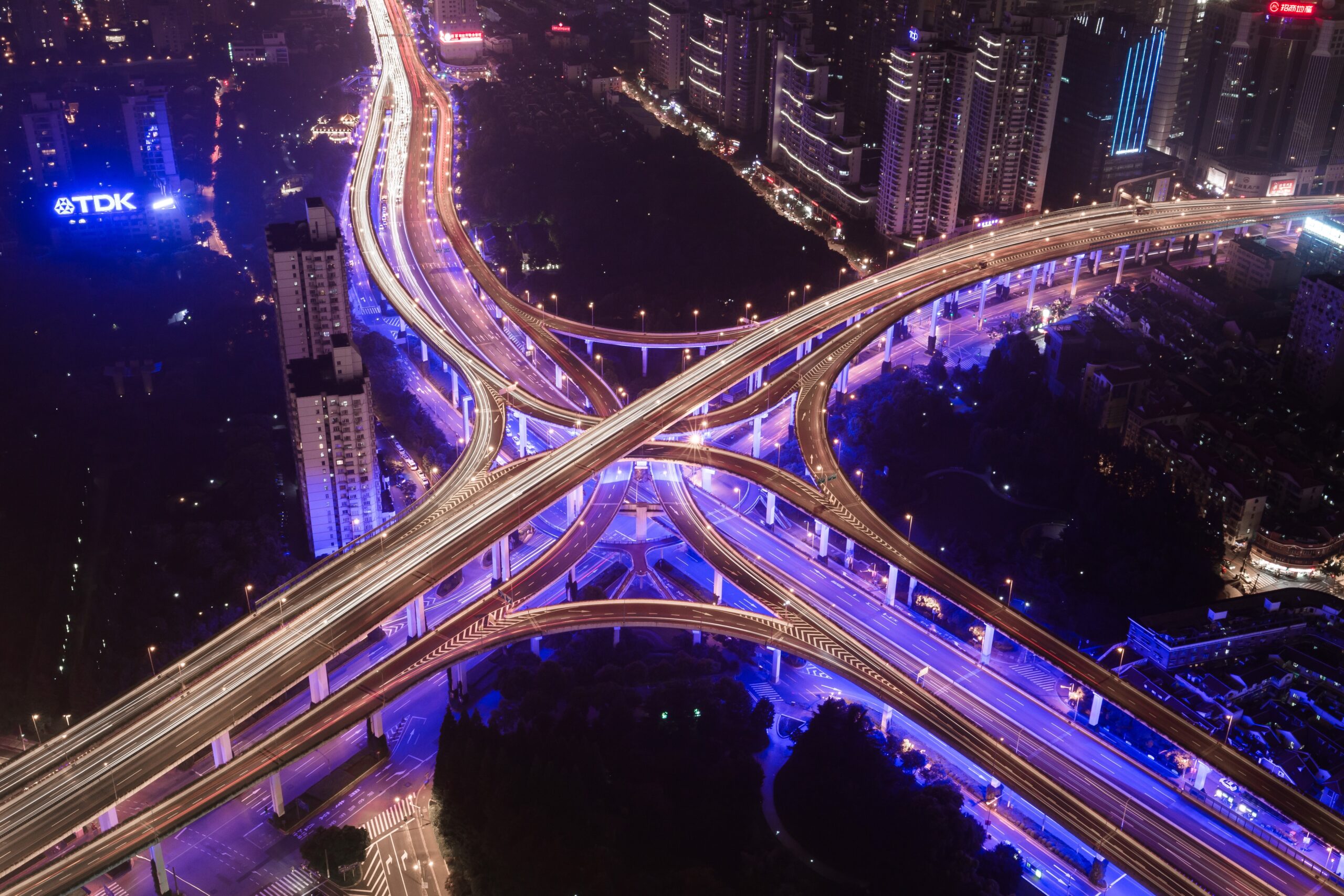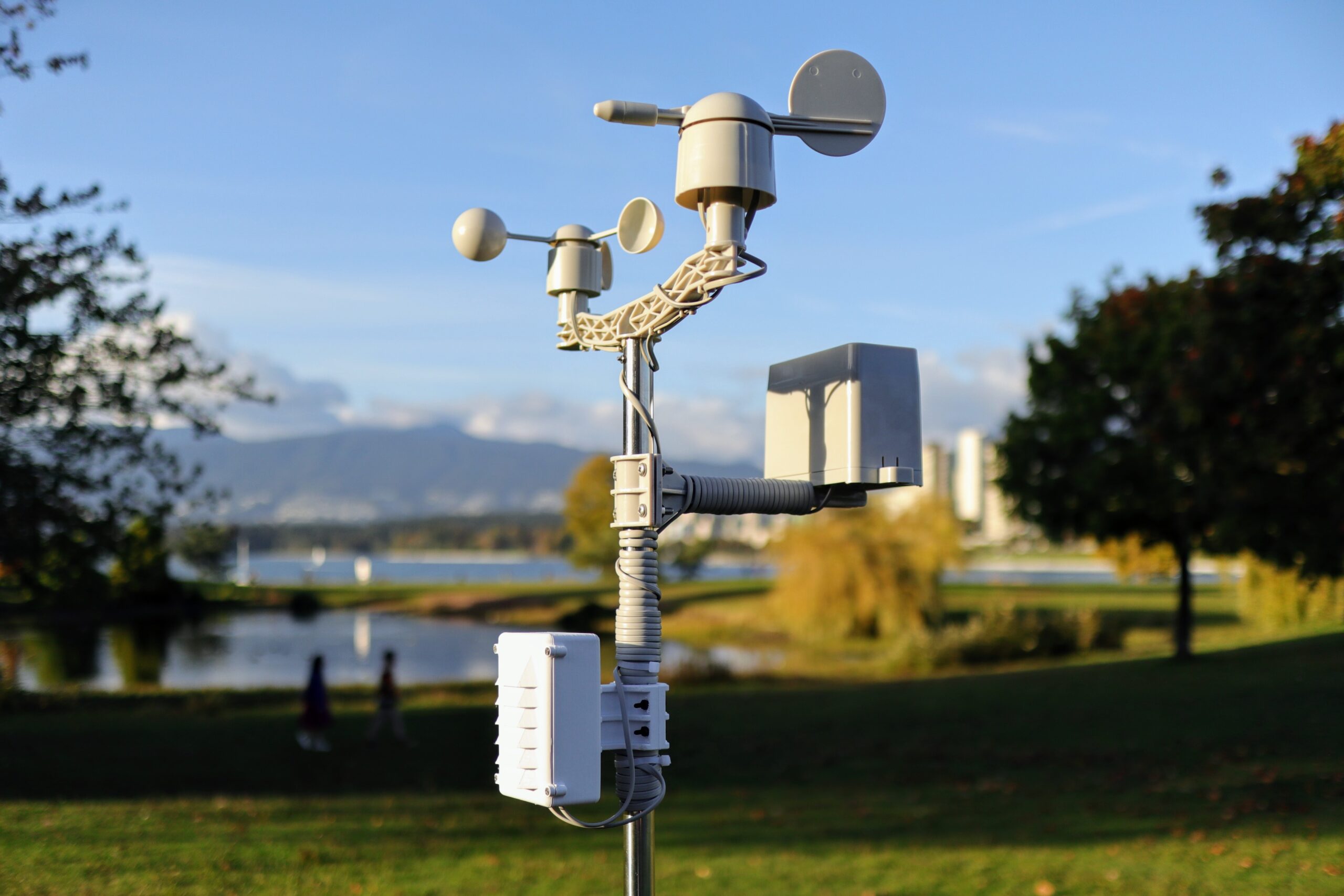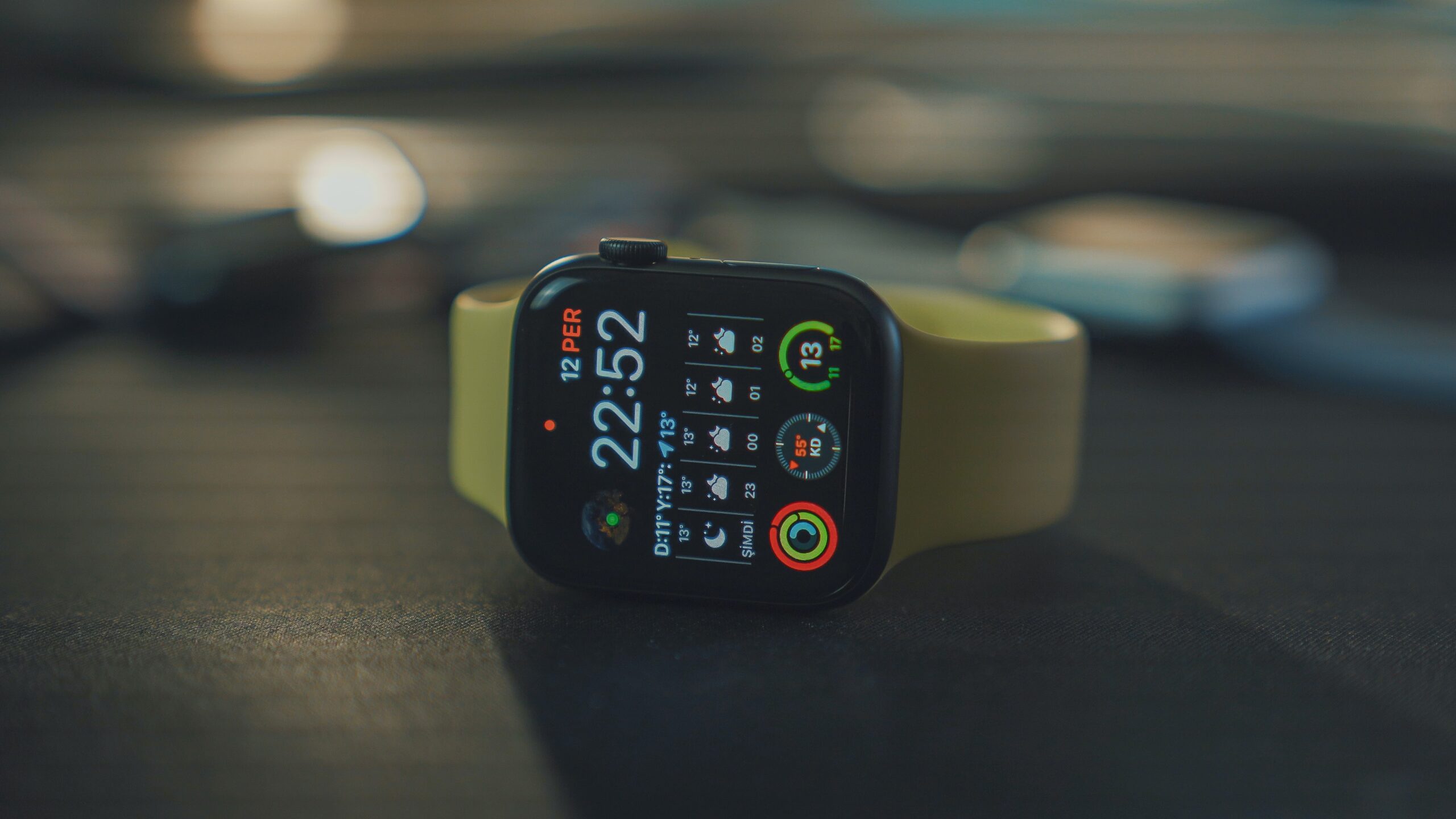Smart cities, which use technology to improve citizens’ quality of life and optimise urban services, have rapidly grown in popularity. According to a recent report, the global smart city market is projected to reach $158 billion by 2022.
By utilising blockchain technology, smart cities can enhance their security, transparency, and efficiency in supply chain management, voting systems, and energy consumption. Implementing blockchain in smart cities benefits the citizens and creates sustainable and resilient urban environments.
This article explains what smart cities and blockchain technology are, and how they work together.
What Are Smart Cities?
A smart city is an urban area that leverages technology and data to improve its citizens’ quality of life, optimise resource use, and create more sustainable and efficient communities. By integrating connected devices and systems, smart cities analyse data to provide more efficient and effective services, from transportation to energy management to public safety.
One prime example of a smart city is Singapore, which has implemented numerous initiatives to enhance the living experience of its citizens. For example, the city-state has a sophisticated transportation system that uses data and technology to manage traffic flow and reduce congestion, making it easier and faster for residents to get around.
Singapore has also implemented smart waste management systems that use sensors to optimise collection schedules, reduce the amount of waste sent to landfills, and increase recycling rates.
Another example of a smart city is Amsterdam, which strongly focuses on sustainability and green energy. The city has implemented several initiatives to reduce its carbon footprint and increase the use of renewable energy sources.
For example, Amsterdam has a smart grid system that integrates renewable energy sources, such as wind and solar power, into the city’s energy mix. This helps reduce the city’s dependence on fossil fuels and increase clean, sustainable energy use.
Additionally, Amsterdam has implemented smart lighting systems that use sensors to automatically adjust the brightness of streetlights based on the presence of people, vehicles, and bikes, saving energy and reducing light pollution.
These are just a few examples of innovative initiatives implemented in smart cities worldwide. By leveraging technology and data, smart cities are creating more livable, sustainable, and efficient urban environments for their citizens.
What Is Blockchain?
Blockchain technology is a decentralised, distributed digital ledger that securely records transactions and information. It uses cryptography to link blocks of information together in a chain, creating a permanent and unalterable record of all transactions.
At the heart of blockchain technology sits a network of computers, called nodes, that work together to validate and process transactions. Each node has a copy of the entire blockchain, and the network’s consensus must validate any changes to the blockchain. This decentralised and distributed structure makes the blockchain resistant to tampering, hacking, and fraud.
The benefits of blockchain technology are numerous. One of the most significant benefits is increased security and transparency, as the decentralized and distributed nature of the blockchain makes it nearly impossible to alter or tamper with the information once it has been recorded. Additionally, blockchain technology can reduce the need for intermediaries, such as banks, to process transactions, lowering costs and increasing efficiency. It also enables secure and transparent tracking of assets, such as supply chains, voting systems, and intellectual property. It provides a safe and transparent platform for creating and managing digital assets like cryptocurrencies.
One example of how blockchain could work in smart cities is in the voting process. Voting systems can be susceptible to tampering, fraud, and errors. By implementing a blockchain-based voting system, each vote would be recorded as a secure transaction on the blockchain, providing a transparent and tamper-proof record of the election results. This would increase trust in the voting process and ensure that the results are accurate and fair.
Blockchain is a secure and trustworthy way of recording transactions and information in a decentralized manner, making it a valuable tool for various applications, including smart cities.
Why Smart Cities Need Blockchain Technology
Smart cities require secure, transparent, and decentralised technology to succeed. This is where blockchain technology comes in. It provides a secure, transparent platform for managing data and transactions in a decentralised manner.
One of the biggest challenges in smart cities is ensuring the integrity and security of the data that is collected and processed. Blockchain technology provides a secure and tamper-proof way of recording information, making it a valuable tool for ensuring the integrity of data in smart cities.
Additionally, the decentralised nature of blockchain makes it resistant to hacking, tampering, and other forms of fraud, providing a secure platform for collecting and processing sensitive data.
Another reason why smart cities need blockchain technology is to improve efficiency and reduce costs. By implementing blockchain-based systems, smart cities can reduce the need for intermediaries, such as banks, to process transactions. This can increase efficiency and reduce costs, freeing up resources that can be used to enhance other services and improve the quality of life for citizens.
Finally, blockchain technology enables secure and transparent tracking of assets, such as supply chains, voting systems, and intellectual property. In smart cities, this can be used to improve transparency and accountability and enhance the management of resources, such as energy and waste.
How Smart Cities Are Created With Blockchain
Building a smart city with blockchain technology requires careful planning, research, and collaboration. Here are some steps to get started:
- Research and plan: Research existing smart cities and understand the challenges and opportunities they face. Identify areas where blockchain technology can be used to improve the quality of life for citizens, such as in managing waste, energy, transportation, and voting systems. Develop a plan for how blockchain technology can be used to solve specific problems and improve specific services in your city.
- Build partnerships: Building a smart city with blockchain technology requires collaboration and partnerships. Partner with blockchain developers, government agencies, academic institutions, and the private sector to share knowledge, resources, and expertise.
- Choose the right technology: There are many different blockchain technologies available, each with its strengths and weaknesses. Choose the best technology suited to your specific needs and goals, and consider security, scalability, and interoperability factors.
- Develop a pilot project: Start small by developing a pilot project to test your ideas and demonstrate the potential of blockchain technology. Choose a problem or service that can be improved with blockchain technology and create a proof-of-concept project to demonstrate the potential of the technology.
- Engage with the community: Building a smart city with blockchain technology requires community engagement and participation. Engage with citizens and stakeholders to understand their needs and concerns and involve them in the planning and implementation of blockchain-based solutions.
- Monitor and evaluate: Continuously monitor and evaluate your pilot project to understand its impact and identify areas for improvement. Share your results with the community and stakeholders to demonstrate blockchain technology’s benefits and encourage its wider adoption.
Building a smart city with blockchain technology requires careful planning, research, and collaboration. Following these steps, you can journey towards a more secure, efficient, and sustainable future.
How Did Singapore Become a Smart City?
Singapore has become a smart city through government leadership, innovative technology, and community engagement. The government of Singapore has taken a proactive approach to transform the city into a smart city. It has provided funding, resources, and support for developing and deploying smart city solutions. The government has also established policies and regulations that encourage innovation and collaboration between the public and private sectors, creating a supportive environment for developing smart city initiatives.
Singapore has also made significant investments in technology, including deploying smart city infrastructure, such as smart grids, sensors, and digital networks. This has enabled the city to collect and process large amounts of data, providing valuable insights into energy consumption, traffic flow, and waste management.
In addition to government leadership and investment in technology, community engagement has been crucial to the success of Singapore’s smart city initiatives. The government has worked closely with citizens and stakeholders to understand their needs and concerns and involved them in planning and implementing smart city solutions. This has helped to create a sense of ownership and involvement among citizens and encouraged their participation in developing a more sustainable, efficient, and livable city.
Risks Associated With Smart Cities
Smart cities can face many risks if they do not integrate blockchain technology. One significant risk is the security of sensitive information. In the absence of blockchain, smart cities may use centralised databases and systems to store and manage data, which can be vulnerable to cyber attacks, data breaches, and other forms of digital crime. This can compromise personal data, financial information, and critical infrastructure, causing harm to citizens and the city as a whole.
Another risk is the lack of transparency and accountability in data management. Without blockchain, there is a risk that data may be manipulated or misused without being detected, leading to potential privacy violations and ethical concerns. This can erode trust in government and civic institutions and undermine the legitimacy of smart city initiatives.
In addition, smart cities without blockchain may struggle to manage the increasing amounts of data generated by connected devices and sensors. This can lead to data silos and a lack of interoperability between different systems, hindering the ability of smart cities to make data-driven decisions and achieve their goals.
Finally, without blockchain, smart cities may not be able to ensure their data’s long-term security and preservation. This can result in the loss of valuable historical data and the inability to build on past achievements, which can hinder the progress of smart city initiatives.
Closing Thoughts
It is unlikely that every city will become a full-fledged smart city. The adoption of smart city technologies will likely vary depending on a range of factors, including the level of development of the city, the availability of resources and funding, and the priorities and needs of the citizens.
For those cities that do embrace smart city technologies, the future looks promising. With the integration of advanced technologies such as the Internet of Things (IoT), artificial intelligence (AI), and blockchain, smart cities will be able to streamline their operations, provide more efficient and personalised services, and enhance the quality of life for their citizens.
The future of smart cities is bright and holds immense potential. As technology advances and the world becomes increasingly connected, more cities will likely adopt smart city technologies to improve the lives of their citizens and create more sustainable urban environments.
Disclaimer: The information provided in this article is solely the author’s opinion and not investment advice – it is provided for educational purposes only. By using this, you agree that the information does not constitute any investment or financial instructions. Do conduct your own research and reach out to financial advisors before making any investment decisions.
The author of this text, Jean Chalopin, is a global business leader with a background encompassing banking, biotech, and entertainment. Mr. Chalopin is Chairman of Deltec International Group, www.deltec.io.
The co-author of this text, Robin Trehan, has a bachelor’s degree in economics, a master’s in international business and finance, and an MBA in electronic business. Mr. Trehan is a Senior VP at Deltec International Group, www.deltec.io.
The views, thoughts, and opinions expressed in this text are solely the views of the authors, and do not necessarily reflect those of Deltec International Group, its subsidiaries, and/or its employees.






